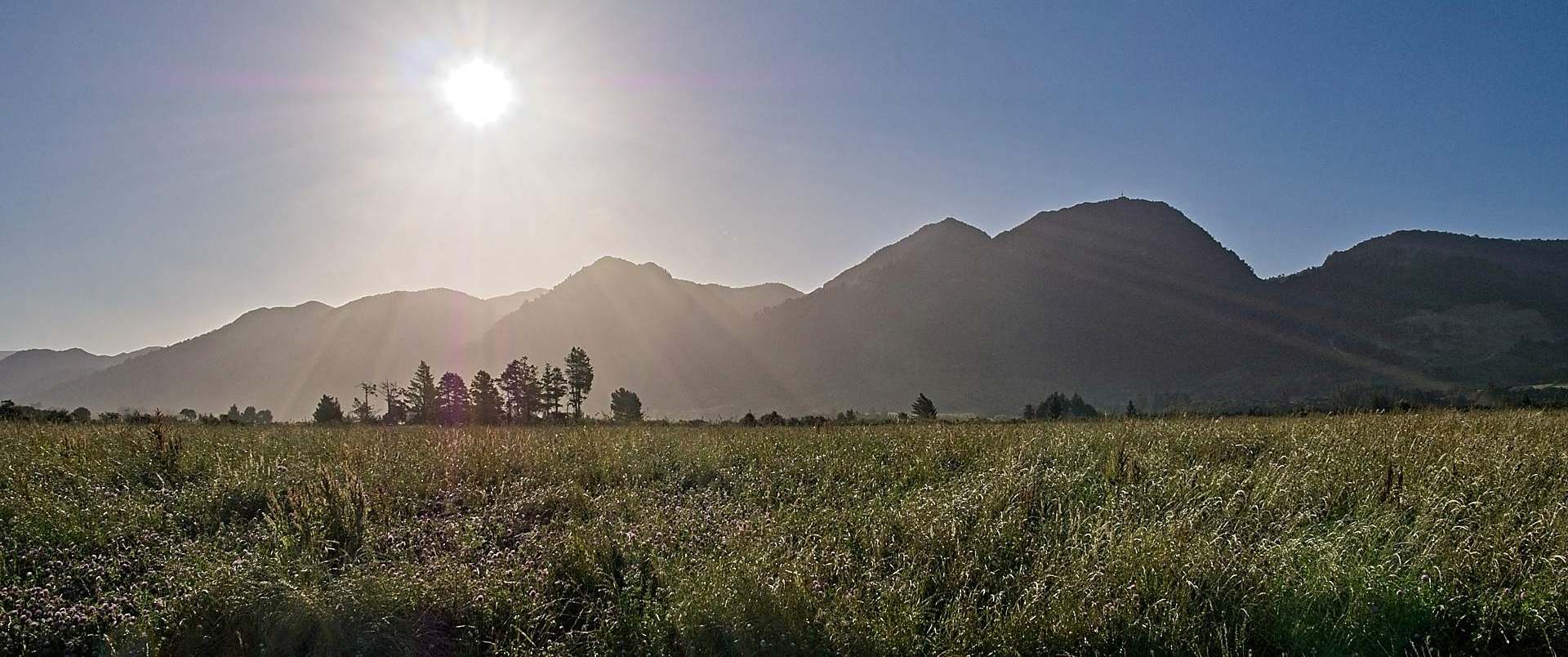Have you ever wondered when is it okay to shoot in auto mode – whether setting your camera P-mode, or Auto, or in the case of my Panasonic – iA mode?
I’m sure that we’ve all heard – or been told – time and time again that if we are not making photos in full manual mode, then we are not “real” photographers!
And yet we spend hundreds, often thousands of dollars, on cameras that have all sorts of automatic features and modes built in – features that “real” photographers shouldn’t be using.
Well I’m going to say it – Bollocks! If you want to use auto mode – use it!
The most important thing is to get the shot, and to end up with a result that you are happy with.
There is only one person you need to satisfy with your photography: you.
If you end up with a zing-zap-wow photograph that attracts thousands of likes on Instagram, or Facebook or Flickr, or wherever you post them, then I’m sure the likers won’t care how you arrived at the end result.
I recently spent some time out taking photos with my camera set to iA mode (the i stands for intelligent) to see what the results were like.
And it must be pretty intelligent too because the camera can identify:
- landscapes - quite successfully;
- Portraits/faces - even eyes specifically;
- Food - most of the time - although on one occasion iA mistook a small green toy frog for food;
- Flowers and plants - except it thought a bowl of just-dug potatoes were flowers;
- And when not sure about the subject iA reverts to Normal;which I guess is P mode.
results of shooting in auto mode
Because I said earlier that no one liking your photos is going to care how you shot them, I have included details of the camera settings for fun.
For each photo I have allocated a star rating – one star being an iA “fail”, 3 stars meaning “It’s okay and I’m happy with it” and five being “I love it”.
Feel free to rate them differently and let me know in the Comments section if you don’t agree with my ratings.
All the images here are jpgs – straight out of the camera, into Photolab 7 where the only adjustments made have been optical – i.e. correcting lens distortions, then resizing for use in this story.

Now – the photo vs reality. Wharariki Beach – High Top Walk is pretty much as I remember it on the day. Perhaps the trees are are little less vibrant but all in all a good result I feel.

Safe Heavenly Haven is very close to what I recall with the photograph’s sky not quite a blue as I would have expected.

Port Tarakohe is so close to being spot on that I’ll call it spot on!
For me, this photograph is a very good example of why it is okay to shoot in auto mode. The essence of the scene has been capture perfectly.

I like Beyond The Horizon.
The sun is up there just past the top left hand corner of the image. It is hardly a sunrise shot having been taken at 9.30 am, but it lacks the hint of yellow from the sun that was present in the sky that morning.

This is one of those iA shots where iA wasn’t very intelligent and, not being able to identify the subject, has reverted to Normal mode automatically.
Still I quite like the exposure on Bottles and Cups. It’s not too “in your face” bright…so maybe the auto mode is intelligent after all.

Yes – the colours in No Posters do seem muted – maybe a little under exposed by the iA system, but the colours are quite representative of the actual scene.

I deem Road Closed Ahead an iA failure.
The red of the signs is just way to garish compared with the real thing. Remember though – this is a straight-out-of-the-camera jpg. iA is allowed some failures I guess!


